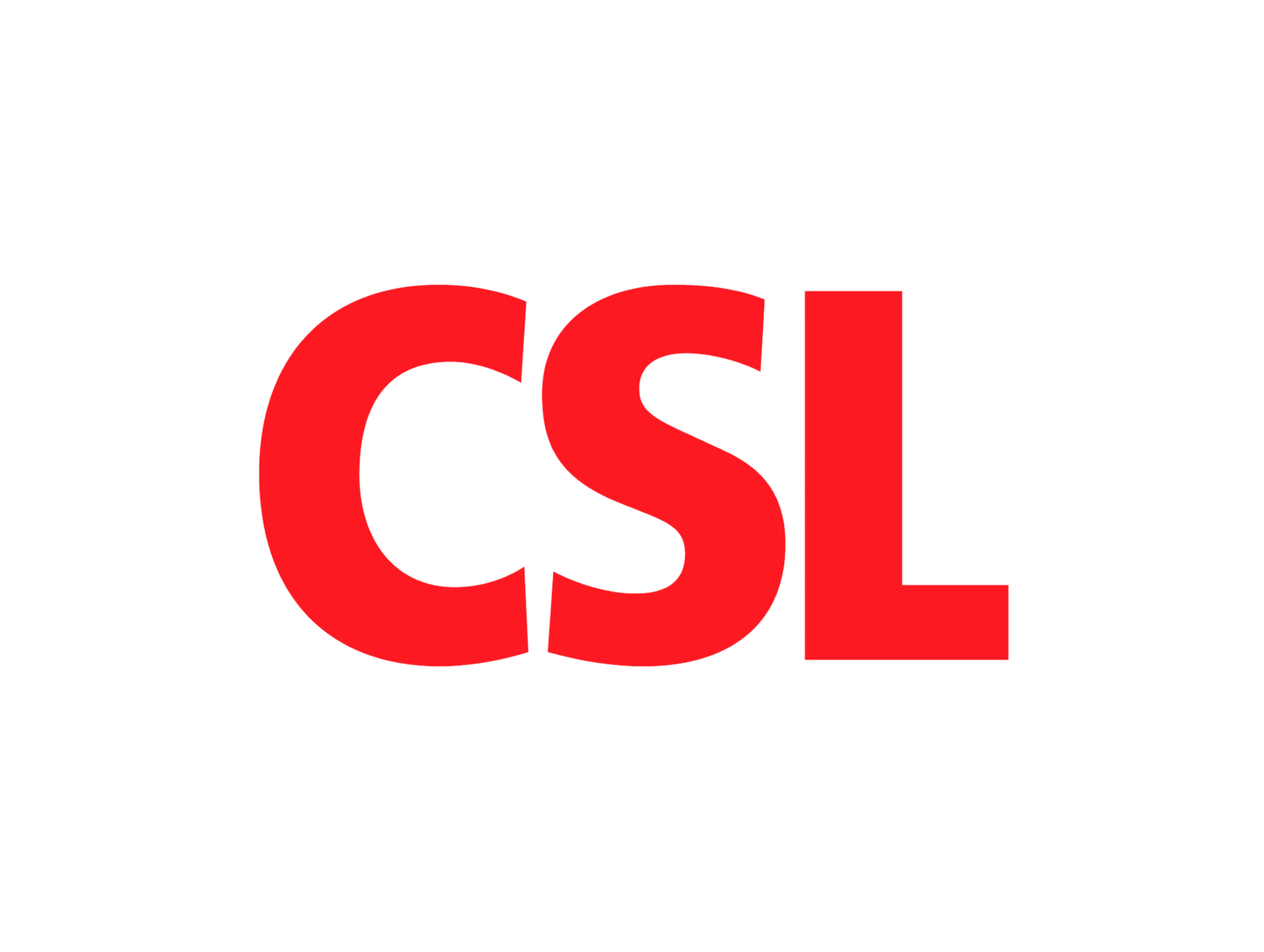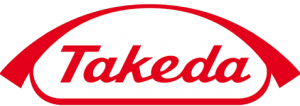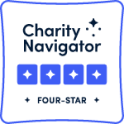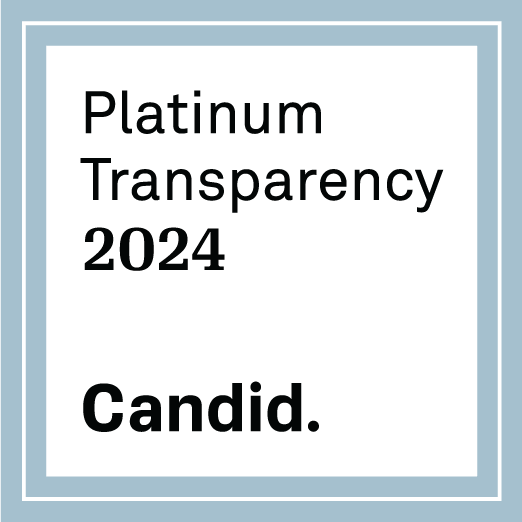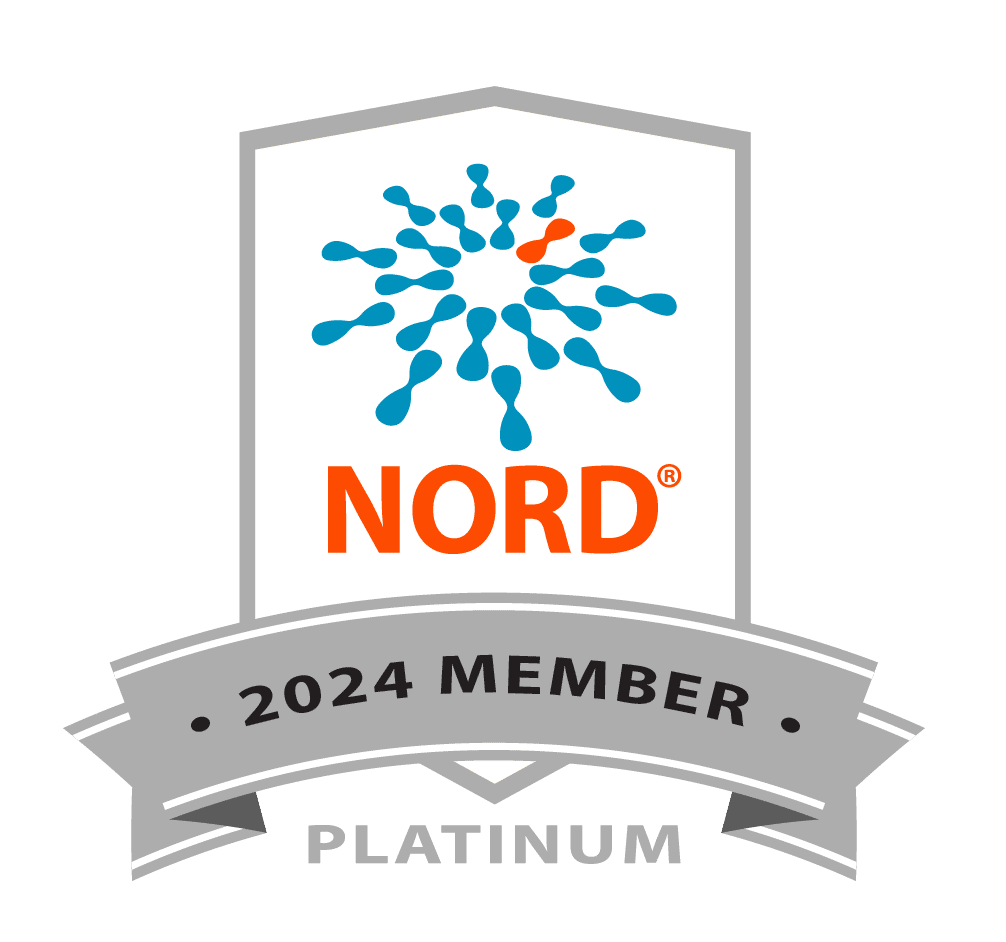“The acquisition of Inhibrx by Sanofi represents an exciting moment for the Alpha-1 community. Sanofi is a leading expert in the rare disease space, and we welcome them to the AATD community. We look forward to working with their team to advance the field and improve care for patients. We are equally as grateful to Inhibrx and all of their hard work to bring INBRX-101 to the next level of clinical trial development, a therapy that potentially reduces inflammation and prevents further deterioration of lung function. We admire their accomplishment in the Alpha-1 space and are excited about the hope it represents to help us move our mission forward.”
Scott Santarella, President & CEO of the Alpha-1 Foundation
In its first M&A move of 2024, Sanofi is grabbing what it sees as a potential best-in-class therapy for its rare disease pipeline by snapping up Inhibrx in a $1.7 billion deal.
While Sanofi is nominally acquiring the whole of Inhibrx, it will only keep the lead drug — a Phase II human recombinant protein designed to treat alpha-1 antitrypsin deficiency, or AATD — while all the other programs get spun out into a separate company called New Inhibrx. The French drugmaker will also retain an 8% equity stake in New Inhibrx.
Sanofi CEO Paul Hudson has put more weight on the pharma giant’s R&D efforts, with plans to spin out the consumer health unit and boost R&D spending in 2024. At the JP Morgan conference, he said his company is “open-minded” about M&A — as long as there’s “game-changing science.”
“With our expertise in rare diseases and growing presence in immune-mediated respiratory conditions, INBRX-101 will complement our approach to deploy R&D efforts in key areas of focus and address the needs of the underserved AATD patients and communities,” Houman Ashrafian, Sanofi’s head of R&D, said in a statement.
Founded in 2010, Inhibrx boasts of an antibody platform that it’s used to generate both INBRX-101 and several drug candidates for cancer. Chiesi once had the option to license rights to INBRX-101 outside of the US and Canada, but decided to pass on the option last September.
The rare disease drug comes with Phase I safety and pharmacokinetics data suggesting it can help AATD patients normalize their serum AAT levels. Low levels of the AAT protein can lead to inflammation and damage in the lung, and the hope is that INBRX-101 may reduce inflammation and prevent further deterioration of lung function.
Vertex has been vocal about its R&D efforts in AATD, although it’s currently back in the early-stage drawing board after scrapping a couple of mid-stage programs.
According to an Inhibrx release, the deal is worth $2.2 billion in aggregate transaction value. The company’s shareholders are set to receive $30 in cash, as well as a contingent value right of $5 per share upon a regulatory milestone — which adds up to a total of $296 million. For each Inhibrx share, they’re also entitled to 0.25 shares of the New Inhibrx, which will have $200 million of cash in the bank. As part of the deal, Sanofi also took on responsibility for Inhibrx’s outstanding third-party debt.
Inhibrx shares $INBX were up 5%. The CVR for the deal hinges on any approval, accelerated or full, for INBRX-101 by June 2027. Jefferies analyst Michael Yee wrote to investors Tuesday morning that the CVR represents a “bull case” for Inhibrx given Sanofi’s willingness to take on “anything regarding full approval.”
“We note a small molecule competitor recently aligned with the FDA on their AAT program and FDA requires the use of a patient-reported outcome (i.e. SGRQ) as the primary endpoint for the confirmatory study,” Yee wrote. “We can see they require the same for [Inhibrx] for the final approval.”
The spinoff will house Inhibrx’s employees and all current programs not related to INBRX-101, including three clinical-stage oncology programs. Mark Lappe, founder and CEO of Inhibrx, will continue to lead the new company.




